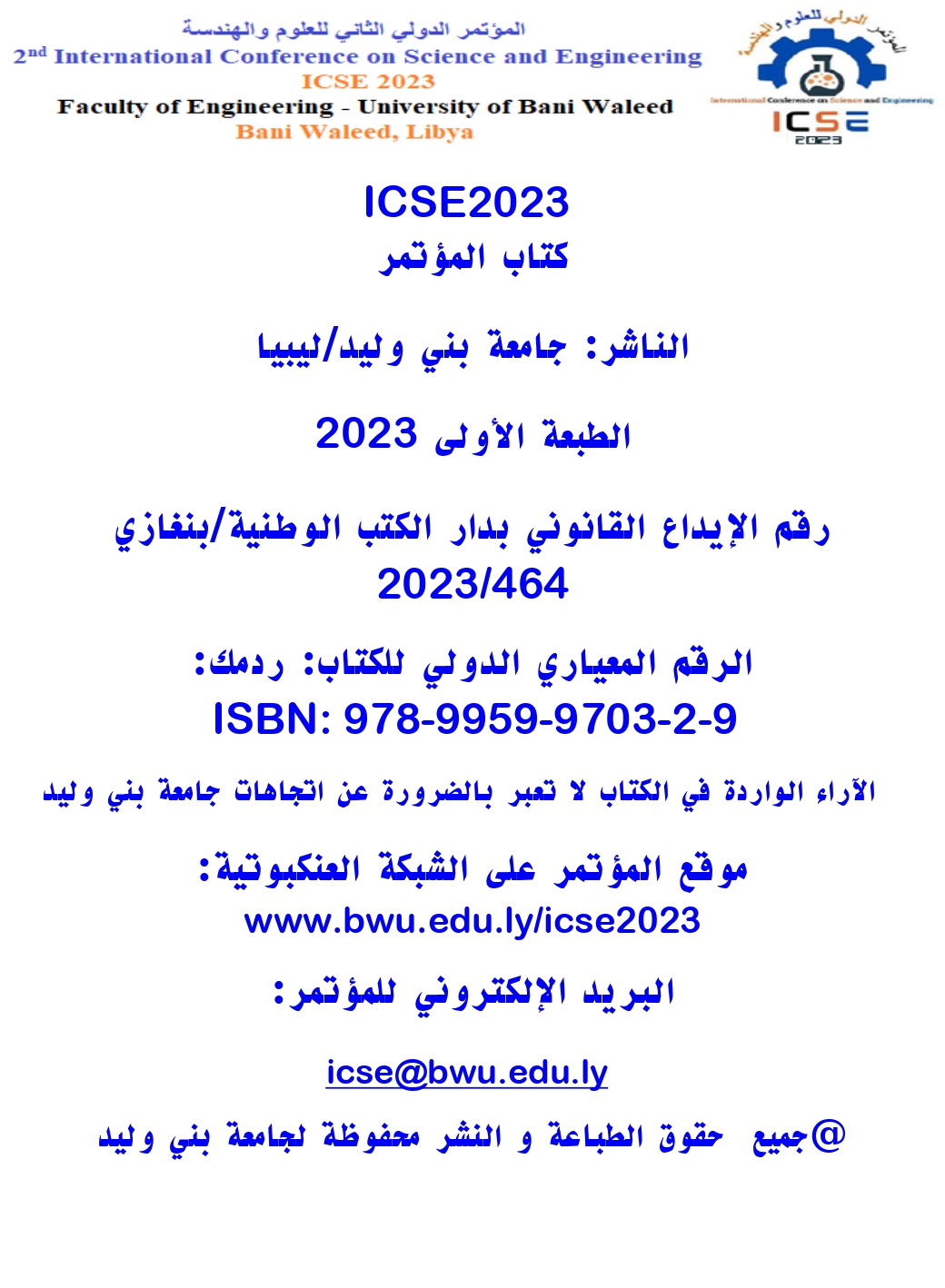Effect of reducing the amount of coarse aggregate on some properties of self-compacting concrete
DOI:
https://doi.org/10.58916/jhas.v8i3.171الكلمات المفتاحية:
SCC، flow test، J-RING test، ratio of coarse aggregateالملخص
Abstract: In recent years, self compacting concrete (SCC) has become widely used especially in crowded reinforced concrete structures with difficult casting conditions. For such applications, fresh concrete must possess high fluidity and good cohesion. One of the most important projects in which this type of concrete was used is the foundation system for Khalifa tower in Dubai, which is the most important high-rise building in the world. The content of coarse aggregate has a significant impact on the properties of the required concrete. Some studies have suggested that the total volume of coarse aggregate be within 50% of the solid concrete volume.
In this research, six mixtures were studied with different combinations of water-cement ratio and coarse aggregate quantity. Slump test (flow test) , (J-RING test) and concrete strength determination test were performed to determine the effect of reducing the amount of coarse aggregate in the mixture on some fresh and hardened properties of self compacting concrete (SCC).
The results showed that reducing the amount of coarse aggregate used in concrete requires increasing the amount of water required for mixing to achieve the required flow of self-tamping concrete, which leads to a decrease in the strength of concrete, and that the best ratio of coarse aggregate to the total aggregate is 65%, as it provides the highest resistance to concrete and achieves flow required, and using a percentage higher than that leads to not achieving the required flow and crossing completely.
التنزيلات
المراجع
American Concrete Institute , " ACI 237-07: Self-Consolidating Concrete", 2007.
European Research Project "Guidelines for Testing Fresh Self-Compacting Concrete" , Sep. 2005 .
EFNARC, "Specification and Guidelines for Self-Compacting Concrete" , February 2002 .
British Standard Institution, "BS 1881: Testing Concrete, Part 116: Method for determination of compressive strength of concrete cubes", London, 1983.
Japan Society of Civil Engineering, Recommendations for Construction of Self-Compacting Concrete, JSCE (1998.(
Okamura, H., “Self-Compacting High-PerformanceConcrete,” Concrete International, Vol. 19, No. 7, pp.50-54 (1998).
Okamura, H. and Ozawa, K., “Mix-design for Self-Compacting Concrete”, Concrete library of JSCE, Vol.25, pp. 107-120 (1995).
Yurugi, M., Sakata, N., Iwai, M. and Sakai, G., “Mix Proportion for Highly Workable Concrete,” Proceedings













